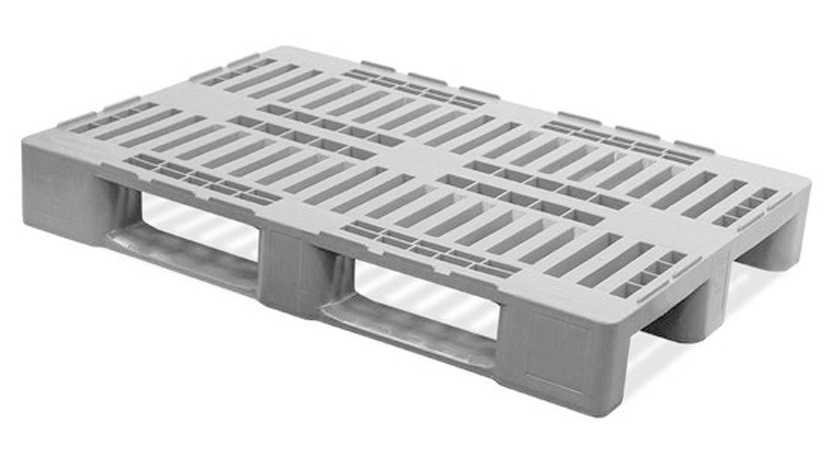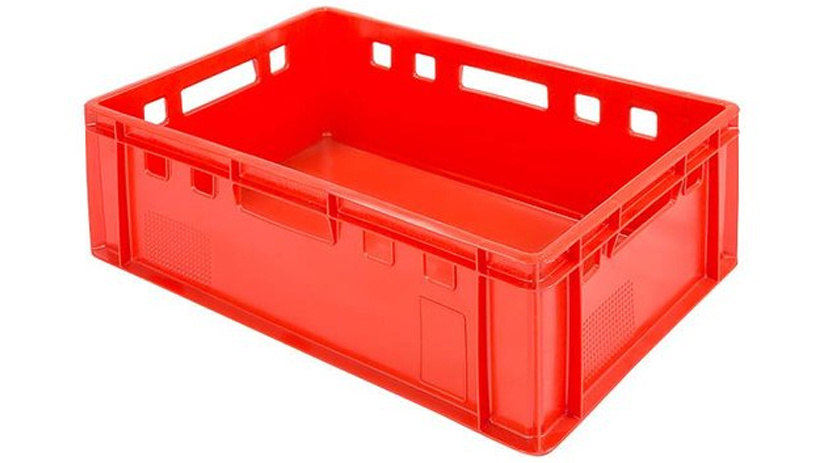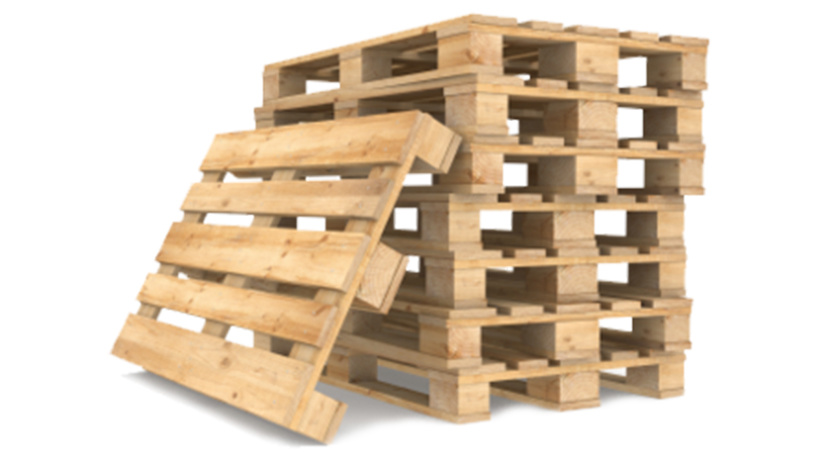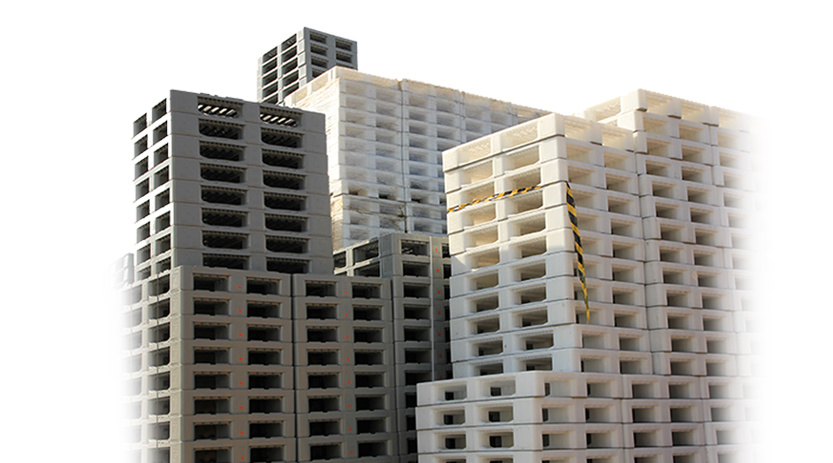Plastic Pallets vs Wooden Pallets
Choosing plastic pallets or wooden pallets is not a simple consideration for many organisations. Plastic pallets are the most commonly used in the transport sector after wooden pallets. Both have their own advantages and disadvantages in terms of price, availability, durability, weight, carrying capacity and application. Depending on the sector in which a company operates, these factors will weigh more or less heavily. We would like to provide clarity by listing the most important aspects for you below.
Hygiene and Moisture
Pallets must meet various requirements when they are part of certain logistics chains. The HACCP standard that applies to the food industry includes a list of hygiene standards that load carriers in that industry must comply with. One of those requirements is that virgin HDPE (high-density polyethylene) is used. This type of plastic does not absorb moisture and is therefore relatively easy to keep clean. The chance that germs will adhere to the plastic pallet is therefore reduced as much as possible.
That is why pallets made of this material are not surprisingly also referred to as the ' H1 hygiene pallet '. Other logistics resources such as the E2 'meat crate ' and special dollies are also made specifically with hygiene in mind. In contrast to virgin HDPE, wood is porous and harmful organisms can settle in the material of the pallet, with all the associated health risks.
Price and Life Cycle
Thanks to the material, the production volume and the production method, wooden pallets are generally a cheaper load carrier to purchase than a plastic pallet. This wider range also means that both the constant availability on the market and the diversity of the offer are in favour of wooden pallets. Thanks to a longer existence, there is far-reaching optimisation of the product and its production. In addition, many additional materials such as pallet collars are also available. In addition, wooden pallets can be easily repaired, which means that the life cycle can be extended in the event of damage. This not only keeps costs low but also minimises the impact on the environment.
Plastic pallets are often manufactured in one piece, are less likely to be damaged due to rounded shapes and are recyclable. The absence of nails and splinters makes them safer to handle and more even in their dimensions, making automation optimal. RFID chips can also be added to follow them through a tracking system. Very useful considering that these pallets can be relatively expensive.
Weight and Load Capacity
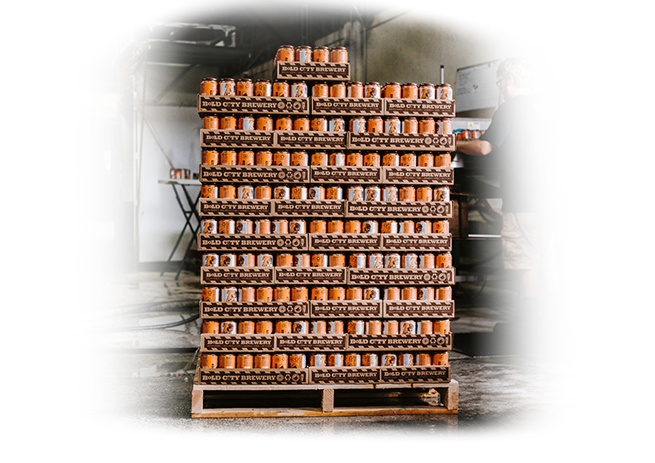
Plastic pallets are usually stronger per kilogram of their own weight than wooden pallets. With regard to the final load capacity, there is not much difference, but wooden pallets are on average somewhat heavier. The standard 1200x800mm Euro pallet has a maximum static load of 4000kg, provided the load is well distributed over the pallet. Static means that there is no movement of the pallet or load and that there are therefore no peak voltages. In addition, the pallet should always be on a flat surface for optimal pressure distribution. A significant part of the range of plastic pallets has the same load capacity as a standard wooden Euro pallet but often weighs less depending on the version you choose. For export via air transport, a plastic pallet is therefore logically preferred in many cases.
Environmental Impact

Opinions on the difference in durability and environmental impact of product and use with regard to wooden and plastic pallets vary widely. The fact is that wooden pallets are repaired on a large scale and that plastic pallets are relatively strong, but the repair has not yet proved profitable. As a result, full recycling seems to be the only solution. Therefore, the balance seems to be in favour of the wooden pallet with regard to the environment. However, as mentioned, there are various sectors such as the food industry and aviation where plastic pallets enjoy the advantage over the traditional wooden pallet.
Wooden or Plastic Pallets?
The advice for the choice of material depends on the sector in which an organization is located, together with the way of (daily) use of the pallet. By carefully weighing the above factors, the most logical choice can be made. Need help or questions about this blog related to plastic pallets, wooden pallets or other types of load carriers we have? Please contact us via [email protected] or 01777 322 100.

